29 Jul2015
2,500-year-old Iberian village Calafell in Spain
As after each travel blooging conference, after the 2015 TBEX in Lloret de Mar, Spain, some of us had short trips in the surroundings. As I’ve visited Catalonia a couple of times, this time I decided to get a glimpse of history further to the South – in Calafell and Tarragona.
Tarragona and its colosseum was on my bucket list for years but I had never heard of a place called Calafell until I saw our itinerary and got out off the van in front of the citadel museum.
In Calafell we found the remains of an Iberian settlement.
Already the first sentence from our guide left my eyes wide open. I’m gonna love this place! (If you haven’t noticed, I am not just into beaches but also into ruins.)
Right at the entrance to the site, we could have a look at the Iberian alphabet. Some of the letters were found engraved into the ceramics that was excavated there.
Many signs in Iberian language meant two letters but even nowadays the historians are still not able to decode some letters.
The Iberians, who settled the Mediterranean coast of France and Spain between the 6th and the 3rd century BC, were not one unique tribe but a few different tribes living in harmony next to each other.
”We don’t know what was the name of this place in the Iberian times because Calafell is the name from the Muslim times in the Middle Ages.”
What we are sure of is that this place was built 2,500 years ago before the Romans came to the area and conquered it in the 2nd or 1st century BC.
After the Romans, the settlement was abandoned and for 2,000 years rested underneath the ground until 1983.
”We don’t know what exactly happened in Calafell, if the Romans defeated it or the Iberians just left on their own.”
Our guide was born in Calafell and when he was 5 years old, the area was full of olive trees and vineyards and they used to play here with other kids.
Nowadays, Calafell is a touristic place. So when they started to build hotels, numerous evidences of an Iberian village were found here since 1983 when the excavation began.
We entered the citadel.
”Look, every time you see the red line, everything under is the original wall from 2,500 years ago” he pointed out to us.
In 1992 a team of archaeologists from the University of Barcelona came up with a question. How did the houses of the Iberians look like?
So we rebuilt the Iberian houses taking in account the archaeological facts. It’s called the experimental archaeology what we do in here.
”We cannot say this place looked exactly like the one we can see now. We don’t have enough proofs; it’s just a hypothesis. Maybe in 20 years we will have more evidence and know more.”
Most of the tourists come to Calafell from Barcelona to spend time on the beach but the citadel is also a historical heritage, which is an added value. It’s still a unique representation of the Iberian settlement inside a modern town surrounded by new houses and apartment buildings.
Sometimes we see reconstruction just next to the original ruins but what makes the Iberian village Calafell special is that it’s built on the same remains. It’s a pioneer experimentation in Spain.
One solution to preserve the ruins was to reconstruct it. In that way no modern buildings with glasses can be built upon it.
In the early 80’s during the first excavations the archaeologists thought it was a small fisherman village due to its location close to the beach.
Then in the late 80’s they discovered the walls which proved it was something more than just a simple fisherman settlement, more probably a small village to control both the trade and the territory occupied by aristocrats and other people of power.
We walked along the main street of the ruins and then saw the wall layers from the Roman occupation from the 1st century BC. If they kept digging, probably they would find an Iberian building underneath.
There is also a trench from the Spanish Civil War from the 1930’s is there with a couple of artifacts from the war. We suppose that when those soldiers excavated the trench there, they might have found also Iberian or Roman buildings but they did not know they were from so many centuries ago.
All the artifacts found in Calafell are now at the University of Barcelona where they have a proper museum. Calafell is only considered an archaeological open-air museum but they don’t hold any collection in town.
Iberian houses and life
- Then it was time to enter one of the Iberian small standard houses. The reconstruction is always clearly separated with a red line from the original wall.
- The archaeologists always put a column to the place where there is a hole in the ground and the rest of the houses were rebuilt with clay, limestone, straw, mud and other natural materials.
- 12 or 13 buildings with mostly 1 room were excavated. The minority of them had 2 or 3 rooms but we don’t know if the other room was for the inhabitants or served as a storage or animal shelter (goats or sheep.)
- Unfortunately, there’s no evidence of the house roof style as nothing of that was preserved.
- Some Iberian houses were of approx. 60 square metres where upper-class people and warriors used to dwell.
- The house entrance doors were most probably super small as in the middle of the summer it was very hot. The reason was to keep the air inside fresh without much light and heat from the outside.
- The Iberians were the civilization like any other Mediterranean one at that time based on agriculture of growing cereals and legumes.
- Most of the Iberian population were peasants.
- Our guide showed us how they used to grind cereals and legumes. I saw a similar stone grain mill the Bedouins still use nowadays in Tunisia.
- Carbonized seeds and shells were found at the fireplace in the middle of the house so now we know they used to eat chickpeas and olives.
- Probably they ate sitting on the ground and not at tables.
- The importance of iron technology is shown here at the Iberian village of Calafell. The Romans had a more sophisticated way of working with iron but we don’t really know how the Iberians managed to make iron objects.
”When we tried to experiment with iron to make arrows, we spent loads of kilograms of iron. It’s a complex process which takes a lot of time.” our guide laughed.
- Clay and other mineral mines were found close to Calafell, too.
- Also, some graves with personal objects and gifts that other people put into the tombs were excavated. It was mostly luxury objects, such as swords, which prove that it was not shepherds but higher society members who had lived here.
- The Iberians traveled around the Mediterranean sea to trade with other tribes. That’s also the reason why they used coins which was the proof of their connection to other tribes, such as the Phoenicians, Greeks or Romans.
- Pieces of Greek vessels and jars found here show it was an active trade between the Iberians and other Mediterranean cultures.
- Other objects from the excavation were metal rings and furnaces for melting copper.
- We passed around something that might have served as a little temple but there’s not enough information about it to be sure.
- Two rounded ovens are located in the ruin area where bread-making workshops take place when families with kids visit the Iberian citadel of Calafell.
- The biggest house in the Iberian village consisted of a lot of rooms. Probably it was a kind of palace where the chief lived. The walls are so wide which makes us think it had a second floor. 3D reconstruction was done by the University of Barcelona and you can check the app now which shows how the house might have looked 2,500 years ago.
- They found 2 original furnaces in the village for making bread located at the street between the houses so the hypothesis is that everyone could bake a sort of pita bread there.
- The Iberians were good at making textiles.
Nowadays, special activities are carried out at the Iberian village Calafell ruins for educational reasons because lots of schools in Catalonia study about the Iberians. This place is fantastic to learn more about history because children don’t have to think about the ruins as they have them all built here.
You can try Iberian clothing, shoes and then also a helmet with a shield and other weapons. The kids say ”oh, you look like Virgin Mary when you wear this” :)
”There’s probably ruins around the citadel, right?” one of my blogger colleagues Suzanne asked.”Probably? No. For sure yes. The village was larger than what you can see now but it was not in our power to preserve everything.”
An experiment with wine took place here which ended up tasting horrible as vinegar. We could smell it really strong when we walked up to the wide room next to the tower as the wine is kept one floor below it.
Last info:
- All the sings around the ruins are in Catalan but the visitors get a booklet in Spanish or English, too. Hopefully, soon there will be also English signs.
- You can schedule a tour around the Calafell ruins with a local guide in a few different languages.
PS: The funniest thing was to see the plugs in the walls around th reconstructed houses. We had a laugh that at least somewhere there are plugs for travel bloggers visiting as at many places around the world there are not enough of them :D
And as almost everywhere, I played a little with the Iberian helmet and did some yoga asanas with it on my head. Only later on I found it I had it the other way round :D
My trip to Iberian village Calafell Spain was a press trip. For more information, visit Calafell tourism website and Costa Daurada to see what other things you can do in the area. If you need a guy around Costa Daurada, check out Paco or his co-workers from Argos Serveis Culturals.
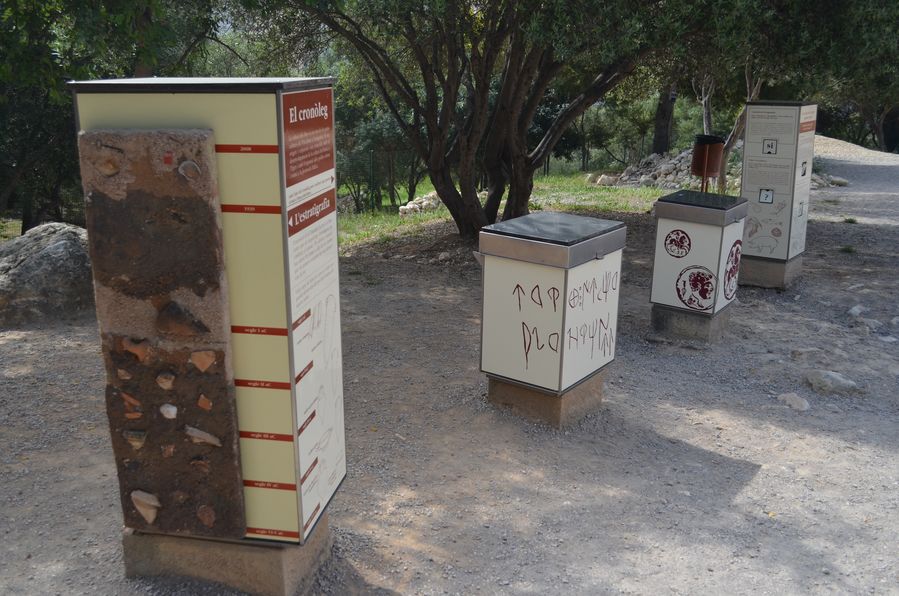
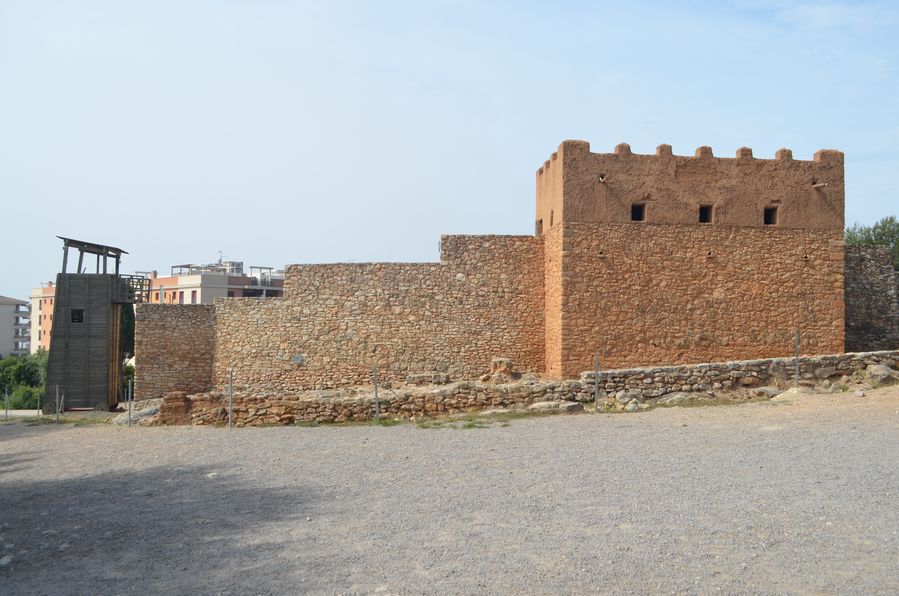
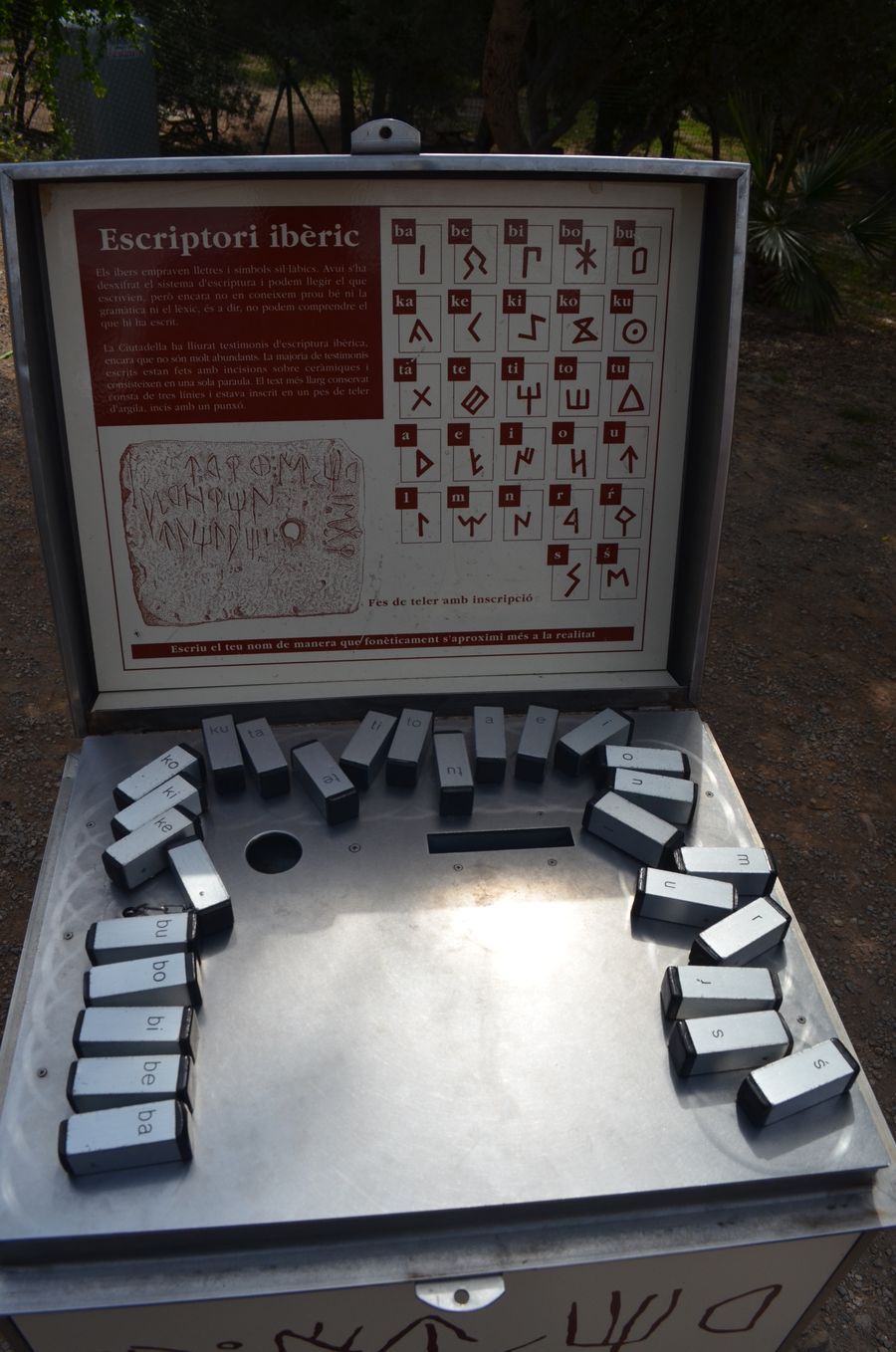
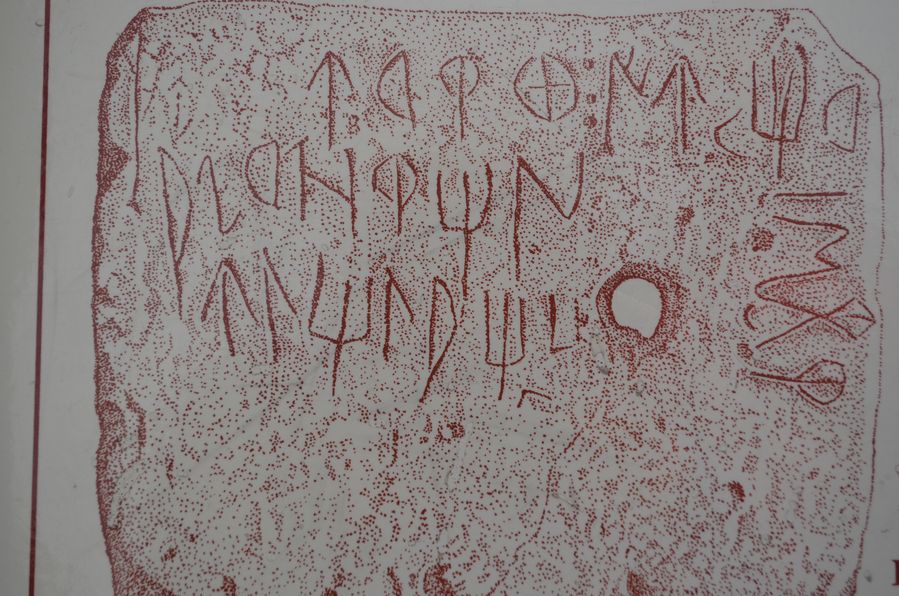
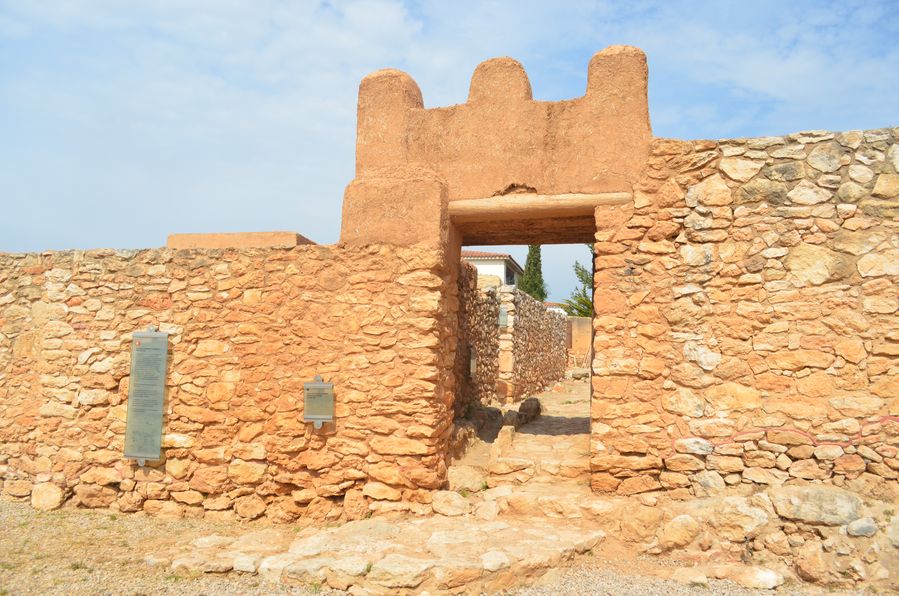
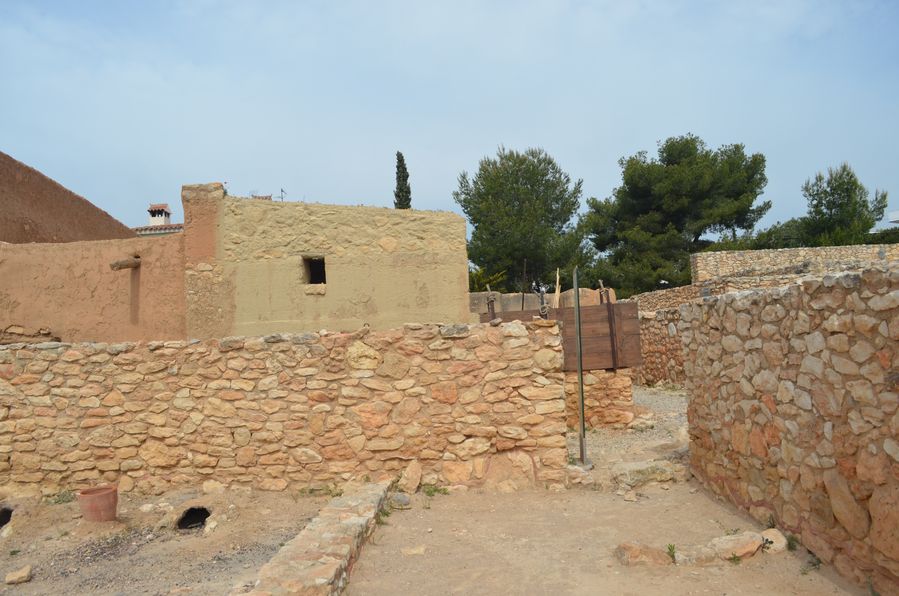
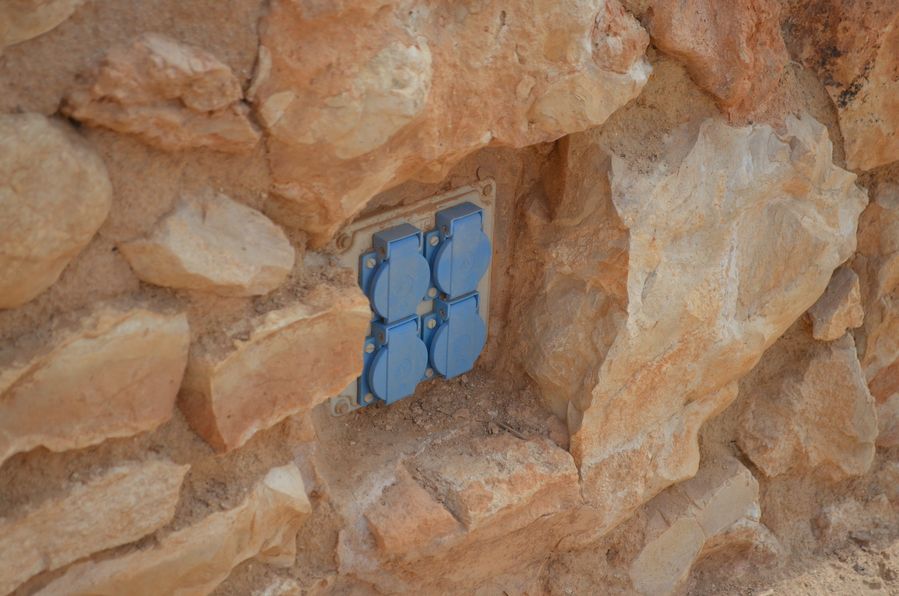
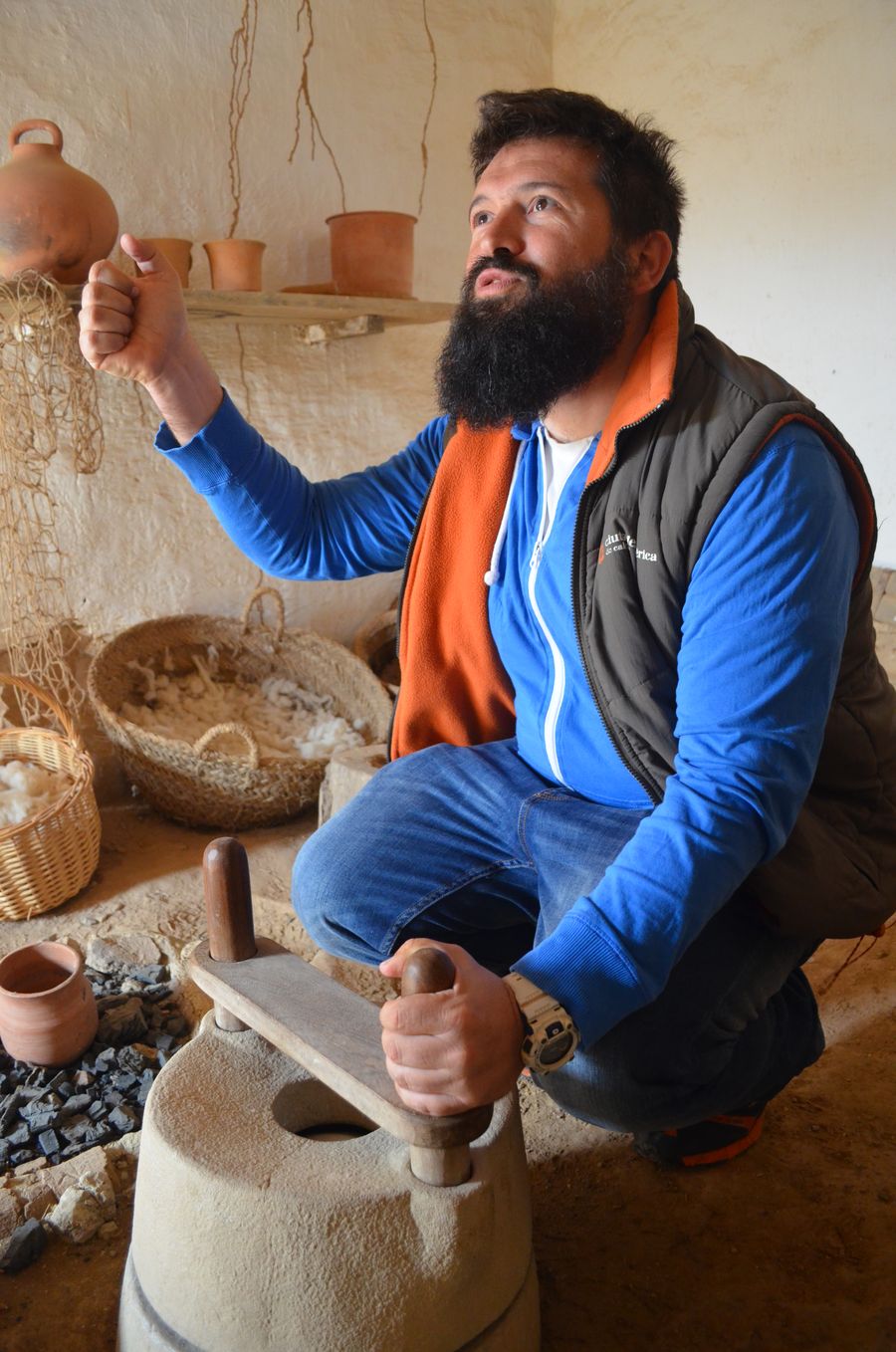
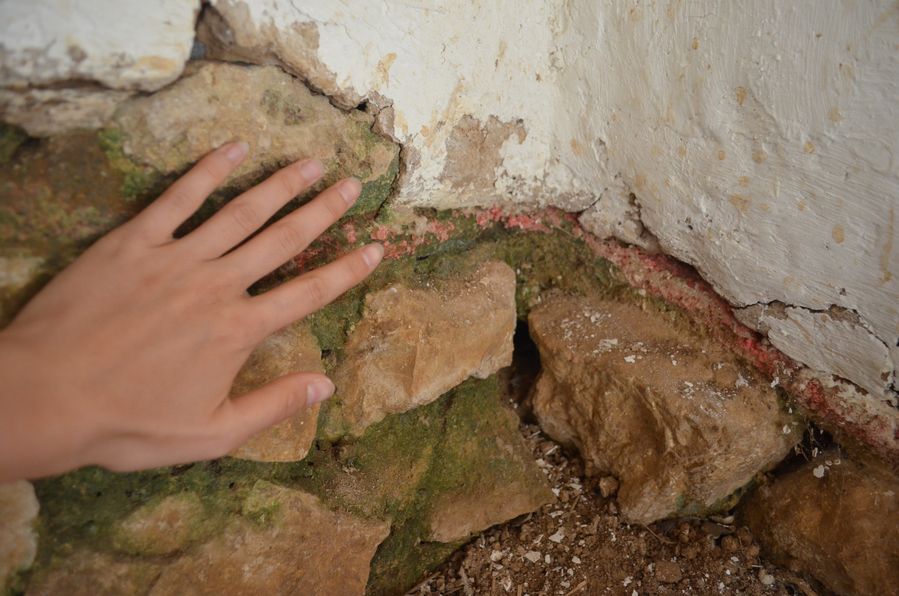
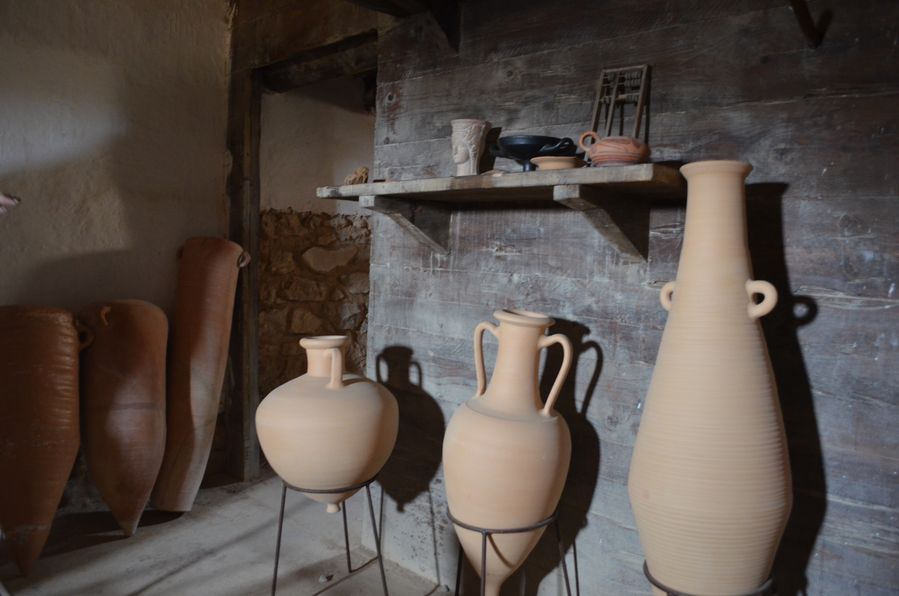
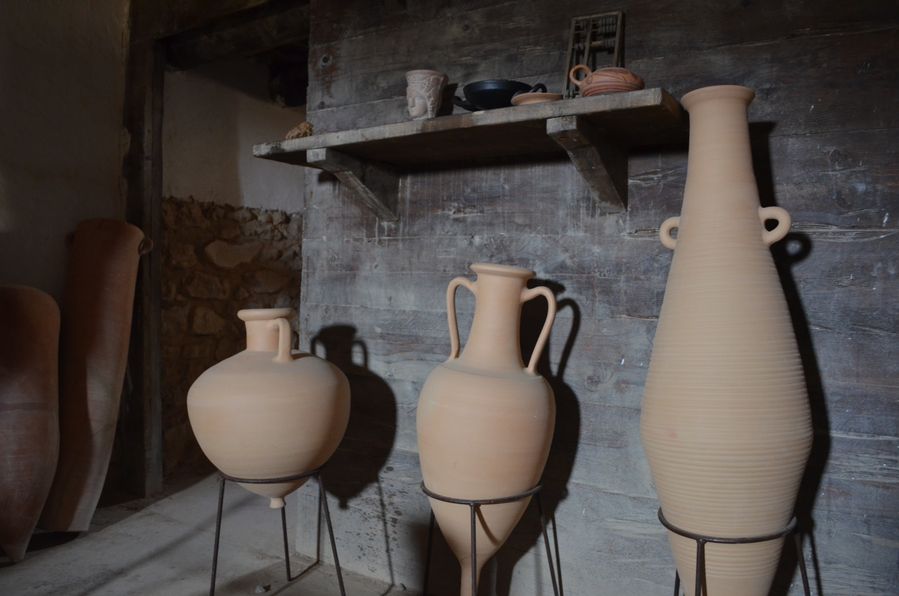
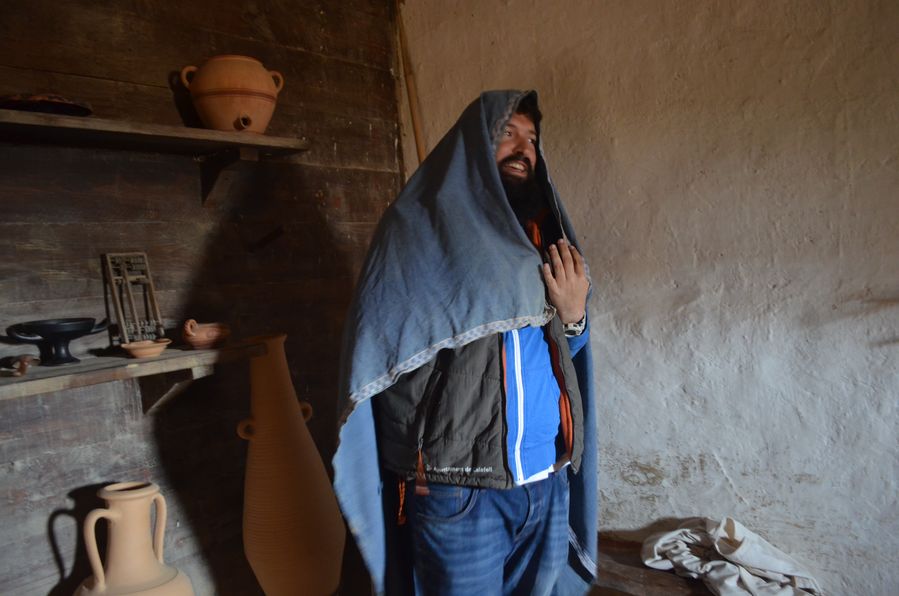
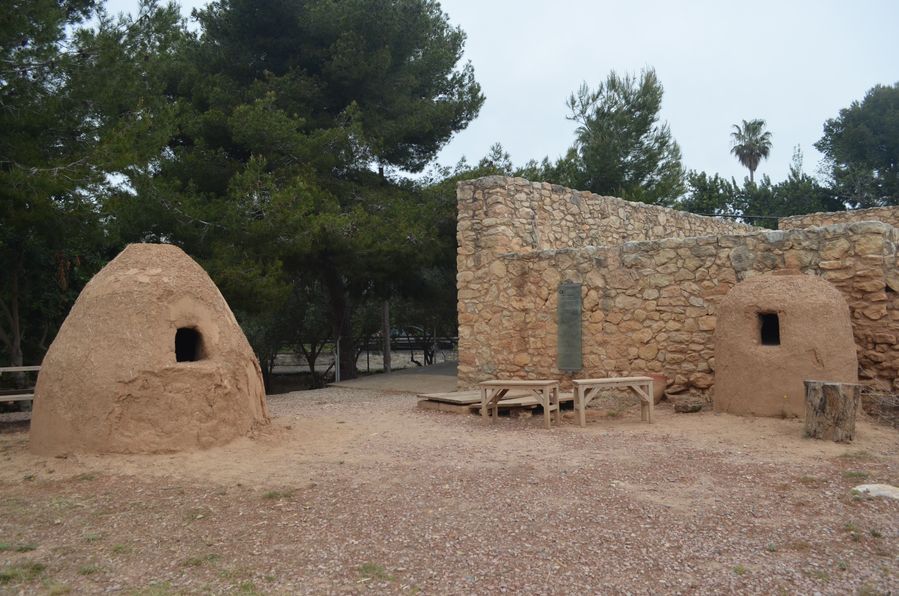
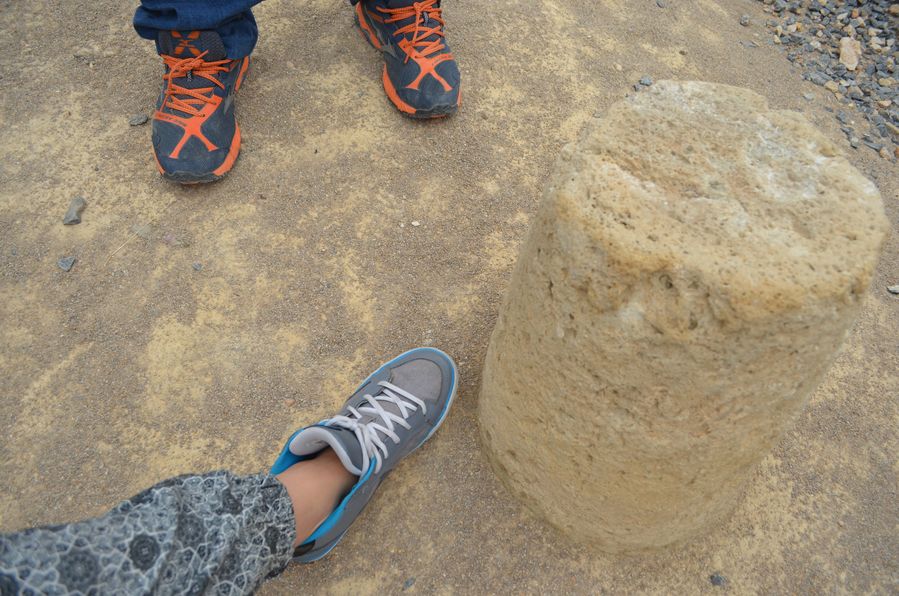
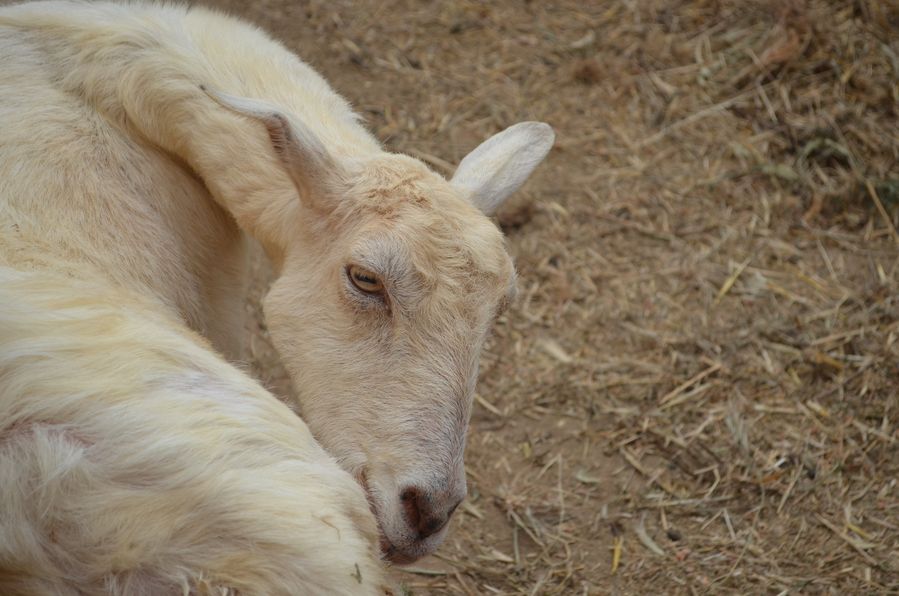
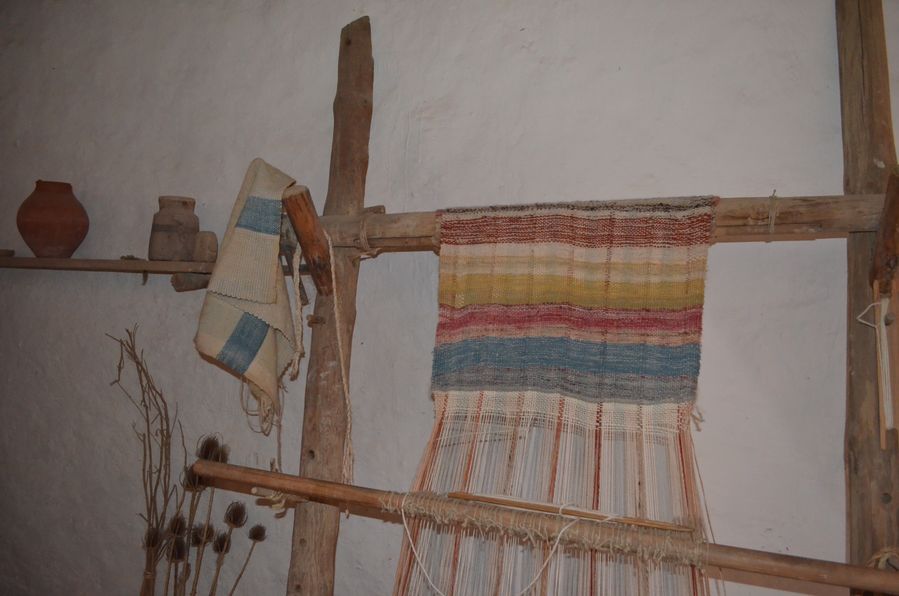
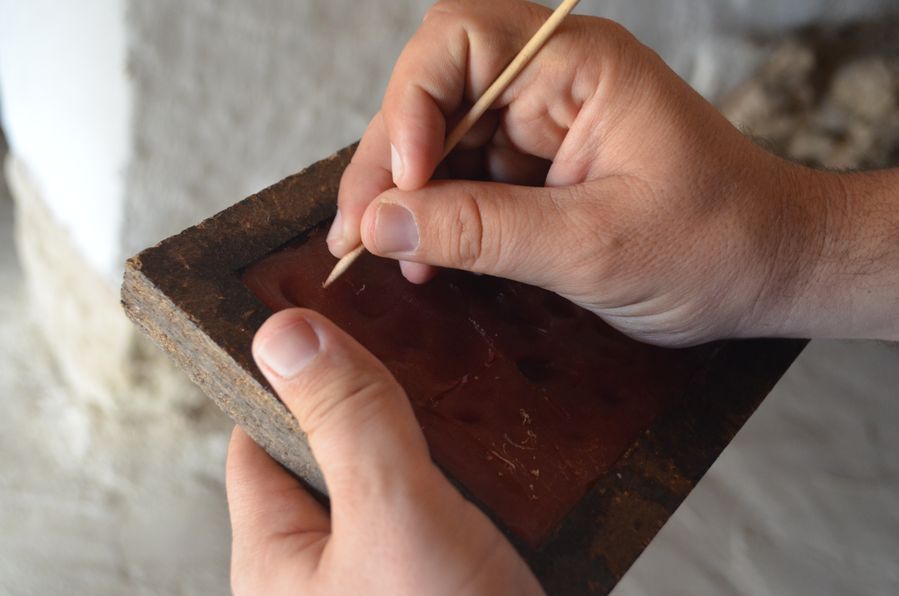
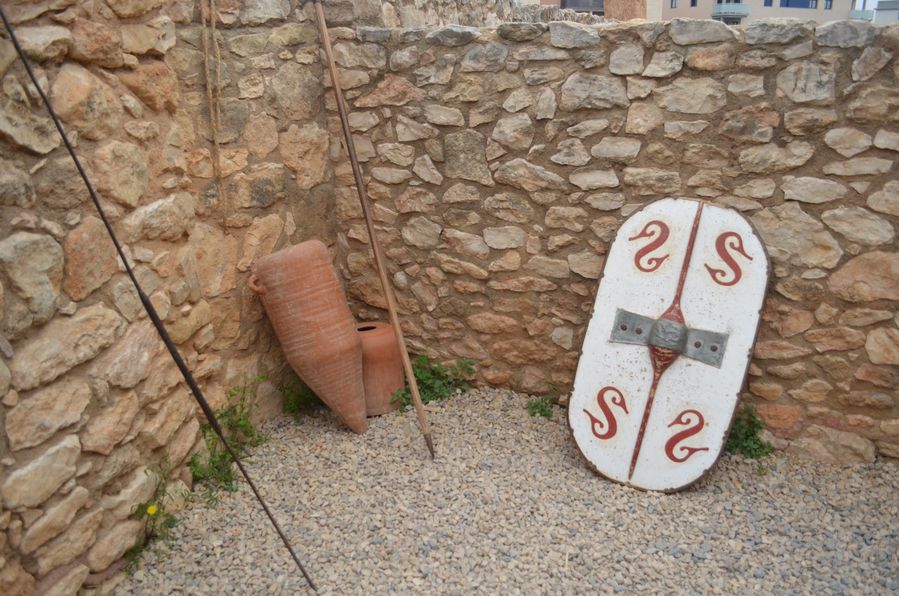
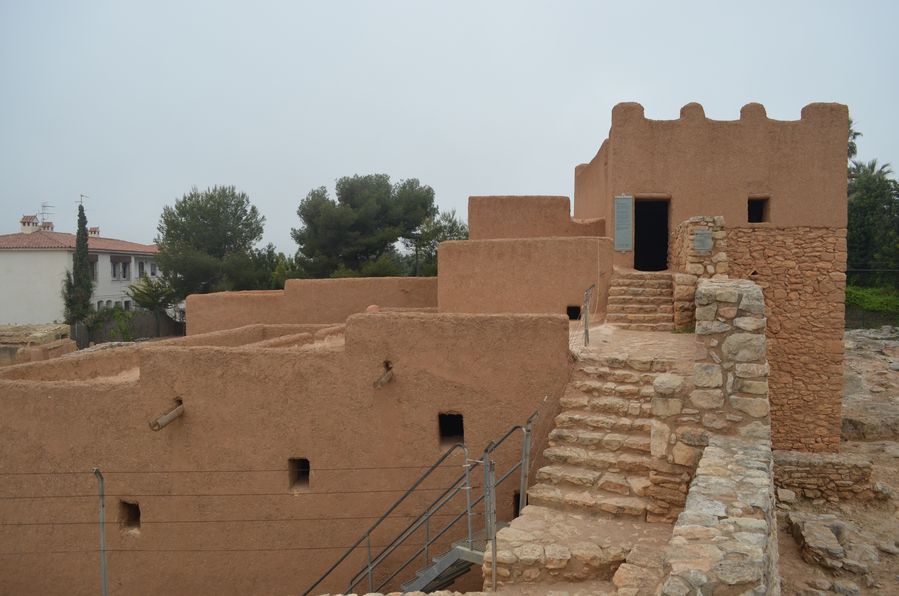
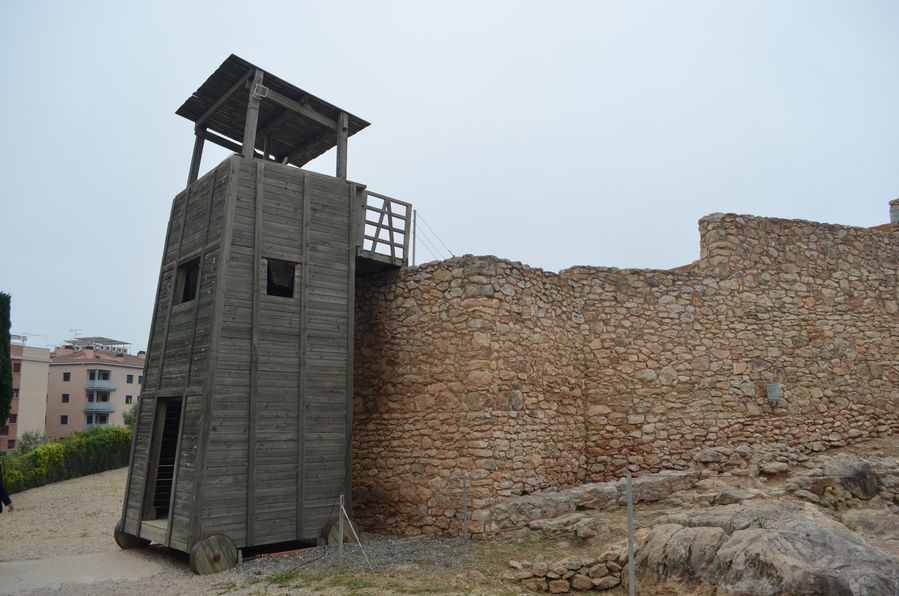
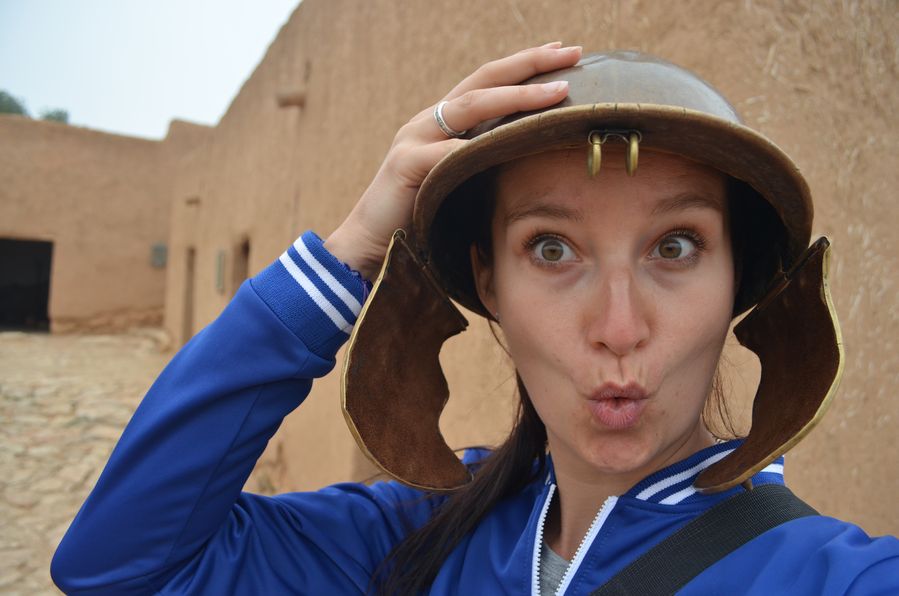
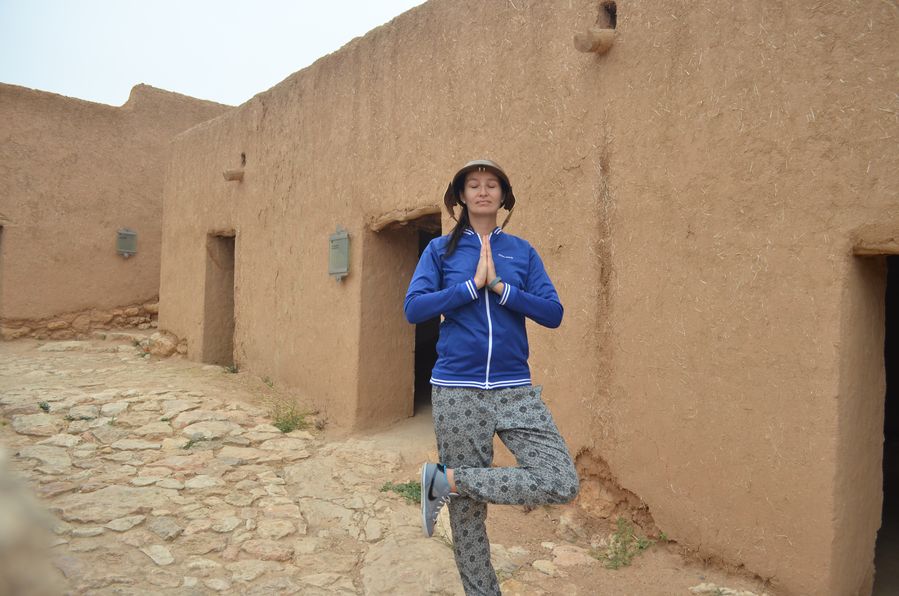
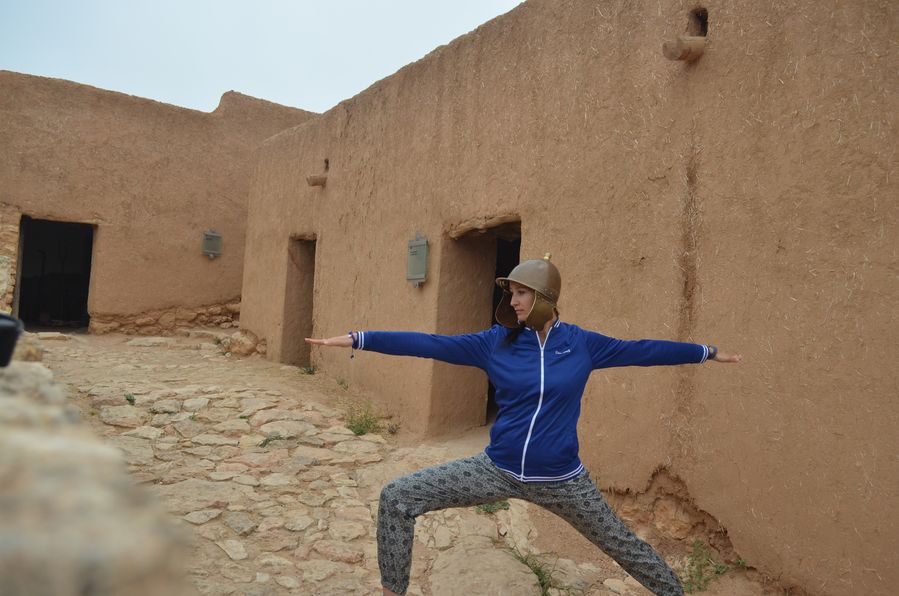
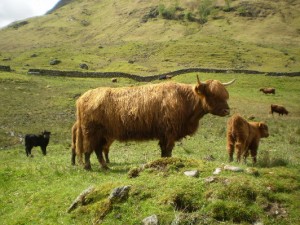
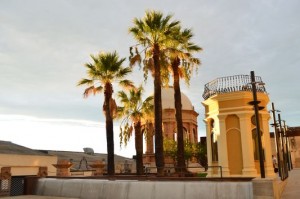
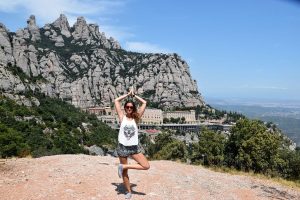
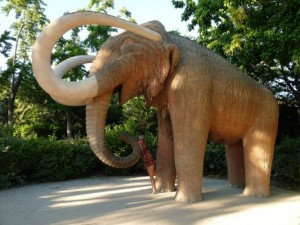
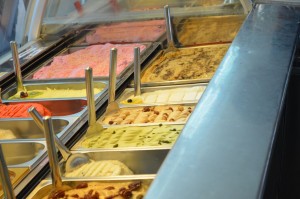
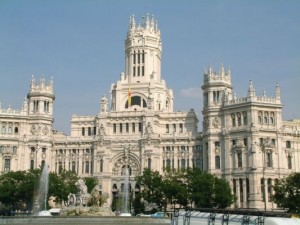
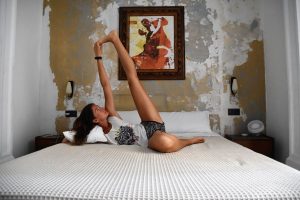
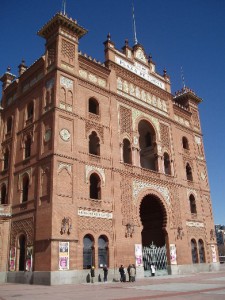
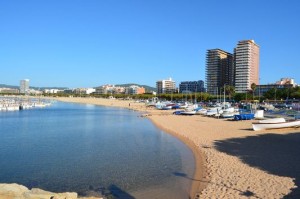
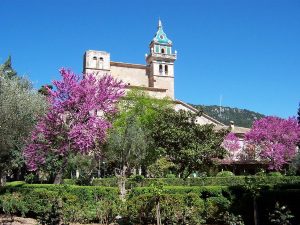
Rejith
| #
Wonderful blog, Thank you for sharing us all the information…
Crazy Sexy Fun Traveler
| #
My pleasure. Glad you find it interesting :)
Kiran
| #
Interesting article. I really enjoyed your article and photos are excellent. Thanks for sharing.
Crazy Sexy Fun Traveler
| #
Very happy you enjoyed my blog post :)
James Rider
| #
Thanks for sharing your wonderful travel experience of Spain. Some of images are remember the history of the village. Thank also for sharing a yoga pose with Iberian helmet.
Sunu Philip
| #
Hey Alex, Love reading your blog. Thanks so much for sharing you beautiful experiences, beautiful pics. All the very best to you.
Crazy Sexy Fun Traveler
| #
Thanks, Sunu for your kind words :)